algorithm – by Alex Munoz
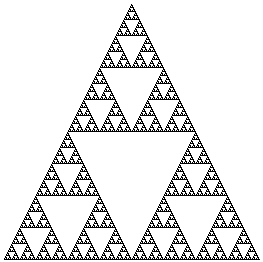 Fractal compression uses self-similarity in images and functions to reduce the redundant content. This technique takes redundancies and stores them as affine transformations with a set of coordinates. Read More ›
Fractal compression uses self-similarity in images and functions to reduce the redundant content. This technique takes redundancies and stores them as affine transformations with a set of coordinates. Read More ›
algorithm – by Benjamin Villalonga Correa
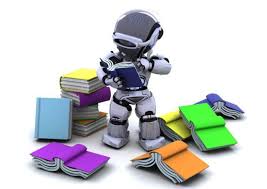 With Supervised Machine Learning techniques we can train a model to be able to recognize and classify inputs such as handritten digits, human faces, objects in a picture or sports teams with high chances of winning a game. One of the most used strategies for doing so is the use of artificial neural networks. Read More ›
With Supervised Machine Learning techniques we can train a model to be able to recognize and classify inputs such as handritten digits, human faces, objects in a picture or sports teams with high chances of winning a game. One of the most used strategies for doing so is the use of artificial neural networks. Read More ›
algorithm – by Brian Busemeyer
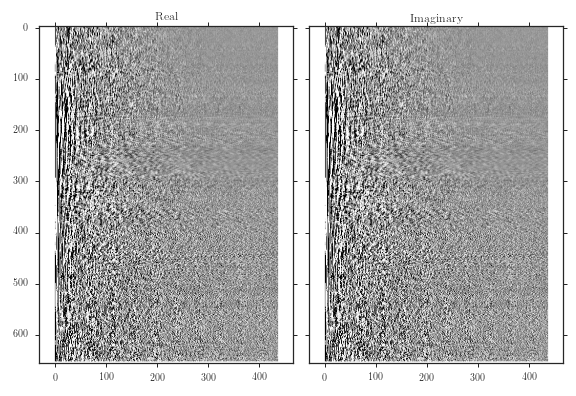 Compressed sensing is a way of extracting a full signal out of a sparse sampling. It's only requirement is that the signal has a sparse representation in some basis, which is actually true for most interesting signals that we encounter. Read More ›
Compressed sensing is a way of extracting a full signal out of a sparse sampling. It's only requirement is that the signal has a sparse representation in some basis, which is actually true for most interesting signals that we encounter. Read More ›
algorithm – by Dima Kochkov
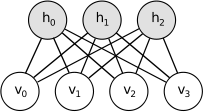 Boltzmann Machines represent a class of Neural Networks that can be used for unsupervised learning. Inspired by ideas from physics and neuroscience these nets allow a simple, genuine learning rule. The learning is based on minimization of Kullback–Leibler divergence between learned probability distribution and the dataset. Read More ›
Boltzmann Machines represent a class of Neural Networks that can be used for unsupervised learning. Inspired by ideas from physics and neuroscience these nets allow a simple, genuine learning rule. The learning is based on minimization of Kullback–Leibler divergence between learned probability distribution and the dataset. Read More ›
algorithm – by Yubo "Paul" Yang
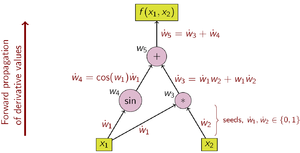 Automatic Differentiation exploits the fact that any algebraic function implemented on a computer can be compiled into a long list of elementary operations and elementary functions. Using this observation, exact differentiation can be carried out efficiently by exploiting the chain rule. Read More ›
Automatic Differentiation exploits the fact that any algebraic function implemented on a computer can be compiled into a long list of elementary operations and elementary functions. Using this observation, exact differentiation can be carried out efficiently by exploiting the chain rule. Read More ›